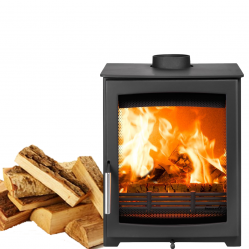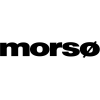Technical Details
| Product Title | Open Base 350mm for Morso 7300 / 7400 (with body makes 7343 / 7443) |
|---|---|
| Product Keyword | Morso 7300 base, Morso 7400 open base, 350mm stove base, Morso 7343 base, Morso 7443 stand |
| Height | 997mm |
| Width | 440mm |
| Depth | 379mm |
| Height (Range) | 900mm - 1000mm |
Product Description
Open Base 350mm for Morso 7300 / 7400 Series
Enhance your Morso wood stove with the sleek and functional Open Base 350mm, designed for seamless compatibility with the 7300 and 7400 series. When combined with the stove body, it creates the elegant models 7343 and 7443.
- Height Increase: Adds an additional 350mm height to your Morso stove, elevating its presence in any room.
- Compatibility: Specifically designed for the Morso 7300 and 7400 series, ensuring a perfect fit.
- Enhanced Aesthetics: Transforms your stove into the distinguished 7343 / 7443 models, adding a touch of elegance.
- Durable Construction: Crafted from high-quality materials to match the durability and longevity of your Morso stove.
- Storage Solution: The open base offers practical storage space for wood logs, keeping them within easy reach.
- Easy Installation: Designed for quick and straightforward setup, allowing you to upgrade your stove with minimal effort.
- Stability: Provides a stable and secure foundation for your wood stove, ensuring safety and peace of mind.
File Downloads
Reviews
Wood Burning Stoves > Contemporary Wood Burning Stoves

Contemporary Wood Burning Stoves
If you are wanting to add an elegant focal point to your room, or perhaps you just need the extra heat, a contemporary woodburning stove could be the answer. These are available in so many different designs, sizes, styles, finishes and outputs, we are confident there is something for everyone. Contemporary woodburning stoves of today can be cylindrical, oval, landscape or portrait in design, enabling a contemporary woodburning stove to be situated almost anywhere in your home (in accordance with certain rules and regulations, as governed by Document J).
We supply only the best contemporary woodburning stoves on the market, many of which come with different attributes and features to make them stand out from the crowd. So, whatever type or style of contemporary woodburning stove you are looking for we can help. We even have live displays of contemporary woodburning stoves in many of our showrooms, so you can see these contemporary woodburning masterpieces at their best!



